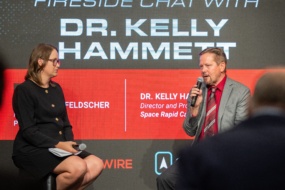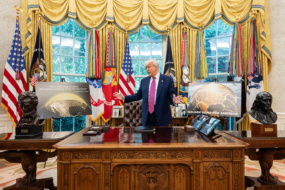It’s time for the aerospace and defense sector to learn to do more with less.
Last year, nearly 15% of employees left the aerospace industry, despite widespread efforts to retain more top talent, according to a report released Monday by AIA and McKinsey & Company.
“There is simply not enough talent to go around,” the report said. “Taking steps to stem attrition, and bringing about a massive productivity unlock, will be essential for A&D companies who want to remain relevant.”
The report’s findings came from interviews with more than 25 aerospace and defense execs, plus a review of data from more than 30 companies, split evenly between defense firms and commercial aerospace.
What’s been done: In 2024, companies focused on three ways to bring in more talent:
- Offering bonuses to workers who refer others to the company;
- Improving employees’ experience at work;
- Growing relationships with schools and universities.
In short, it wasn’t enough. While 36% of companies (up from 31% last year) said it was easier to attract employees in 2024 compared to 2023, the report found that companies are especially struggling to hire workers for the most in-demand jobs: broad-based engineering, skilled manufacturing, and software engineering.
And it’s not just hiring: “Retaining workers has proven even more challenging than attracting them,” the report said, in part because employees are searching for better pay and career development opportunities. What’s worse—these challenges are expected to continue through at least 2033.
What’s next: “The current approaches are no longer feasible,” the report stated. “Organizations must figure out how to do more with the workforce they already have, which means retaining that talent they’ve worked so hard to secure, and driving a significant boost in productivity with that talent.”
The report made three recommendations to do this:
- Rethinking how work gets done, including increasing the use of AI and automation;
- Improving training for the existing workforce, to boost both behavioral and technical skills;
- Taking steps to improve retention—including increasing salaries, since compensation is the top reason workers leave a job.




